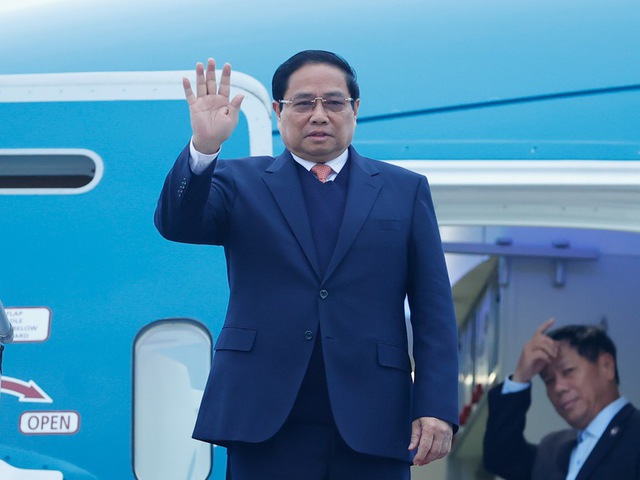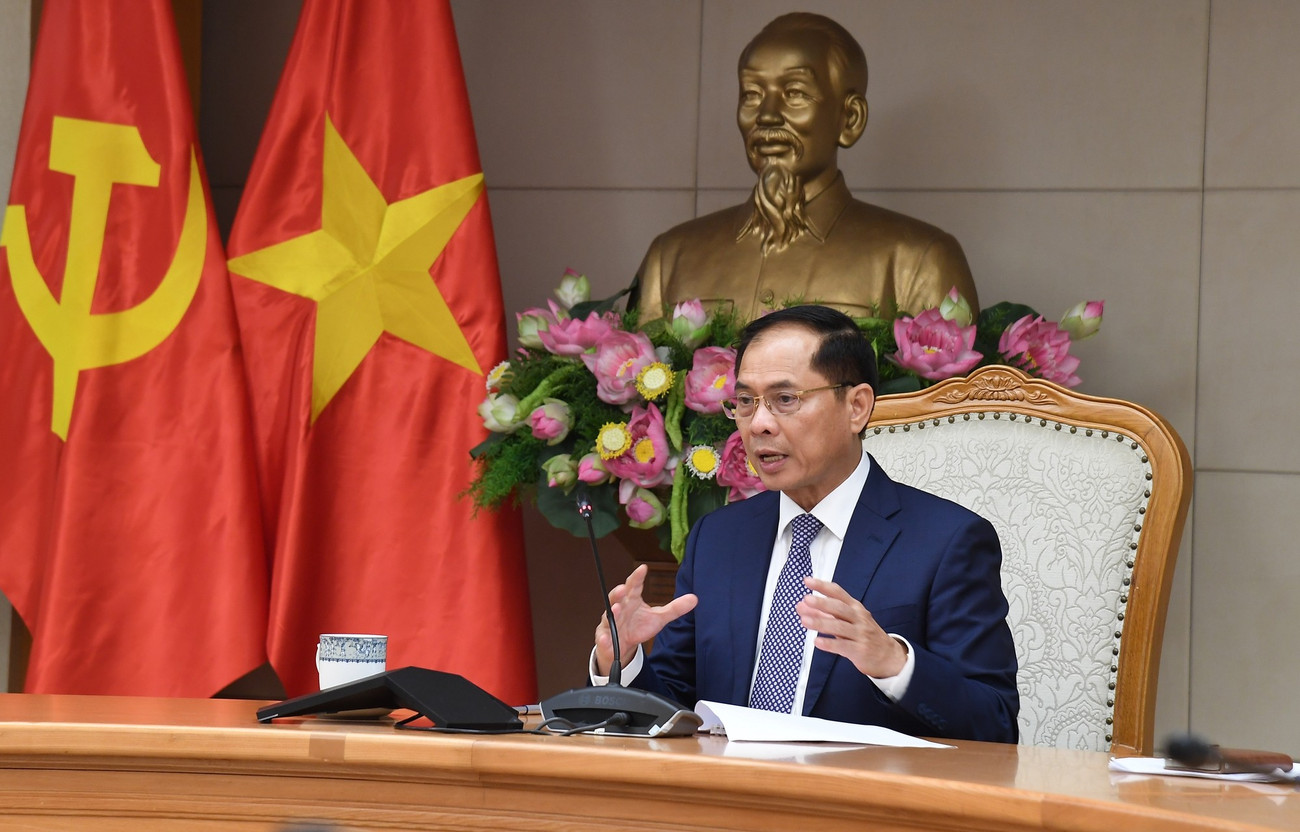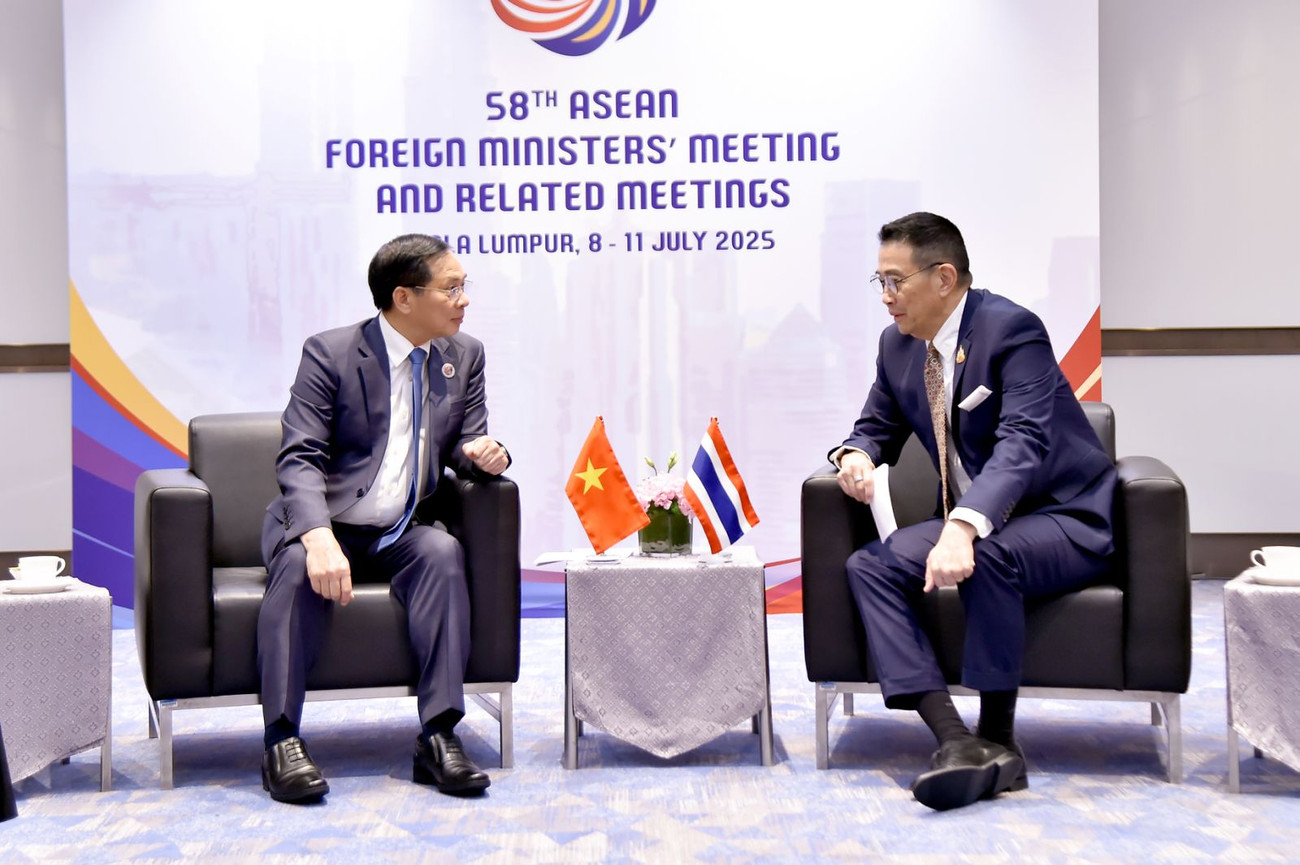MOIT VIETNAM | ASEAN, Australia, and New Zealand upgrading their nearly 5 trillion free trade agreement
/ News / Activities
ASEAN, Australia, and New Zealand upgrading their nearly 5 trillion free trade agreement
During the 40th and 41st ASEAN Summit, which took place in Phnom Penh, Cambodia, on November 13 and 14, 2022, respectively, the participating ministers in the talks came to the conclusion that they should sign the expanded agreement. In the spring of 2023, the parties will get together to sign the amended agreement, which will then be officially known as the ASEAN-Australia-New Zealand Free Trade Area (AANZFTA). The enormous AANZFTA free trade territory encompasses more than 650 million people and over 4.5 trillion dollars in gross domestic product. This accord, which symbolizes the peak of ASEAN's free trade agreements, was designed to make it easier for goods to be transported from one country to another.
.png)
The modernization of the AANZFTA has as its primary objectives the promotion of sustainable development, the acceleration of economic growth in the aftermath of the pandemic, and the consolidation of supply networks. This enhancement takes place at the same time as a number of Western economies, such as Australia and New Zealand, are increasing their presence in Southeast Asia in an attempt to diversify their supply chains and reduce the risks associated with trade.
During its tenure as ASEAN chair, Cambodia placed a high premium on bringing the AANZFTA modernization process to a successful completion. The ministers first started talking about an upgrade in September of 2020, but the actual negotiations didn't get started until April of 2021. In 2023, the parties to the AANZFTA will need to sign the Second Protocol to Amend the AANZFTA in order for the update to be given legal approval.
.png)
The AANZFTA has been expanded to include three new parts as a result of the amendment. These new sections include government procurement, micro, small, and medium-sized enterprises (MSMEs), and trade and sustainable development. In addition to enacting brand-new regulations concerning educational services, these reforms improve pre-existing laws regarding e-commerce, rules of origin for goods, competition, consumer protection, customs procedures, and trade facilitation, as well as trade in services, rules of origin, and investment.
A joint statement was released by the AANZFTA ministers, in which they emphasized the importance of the improvement in terms of reinforcing the supply chain's resilience. Upgrade "is a testament to the AANZFTA Parties' resolve to accelerate post-pandemic economic recovery by deepening and broadening economic integration and cooperation to bolster more robust and resilient supply chains," the parties said in a joint statement. Upgrade "is a testament to the AANZFTA Parties' resolve to catalyze longer-term growth by leveraging digital trade and sustainable development."
Since the beginning of the outbreak, economies all around the world have been forced to contend with trade disruptions, in part because of the actions taken by China. As a consequence of this, a number of companies have been looking to extend their operations into Southeast Asia, joining the ranks of companies such as Apple, which is contemplating moving part of its manufacturing to India and Vietnam.
.png)
The initial agreement was signed by the parties to the AANZFTA in Thailand in February of 2009, and it went into force on January 1 of the following year. The free trade region of Closer Economic Relations (CER), which includes Australia and New Zealand, and the Association of Southeast Asian Nations (ASEAN) had never before signed a trade agreement with one another; this was the first time they did so. In 2015, the parties signed the First Protocol to Amend the AANZFTA, which resulted in a revision of the AANZFTA. The revision made it possible for items to be moved more easily and required less paperwork to be completed for its certification.
The ASEAN-Australia-New Zealand Free Trade Deal (AANZFTA) was the first trade deal between ASEAN countries to encompass goods, services, investment, and intellectual property as part of a single complete package. This is significant because it demonstrates that even fiscally conservative ASEAN nations like Myanmar and Laos were prepared to sign on to the conditions of the trade agreement. Both of these countries are relevant since they are members of ASEAN.
-
/ News / Activities
Prime Minister Pham Minh Chinh’s Strategic Visit to Laos Marks New Chapter in Bilateral Relations
Prime Minister Pham Minh Chinh’s official visit to the Lao People’s Democratic Republic and his co-chairmanship of the 47th meeting of the Vietnam–...
-
/ News
Deepening Cooperation, Strengthening Regional Unity
On the afternoon of July 28, 2025, at the Government Headquarters in Hanoi, Deputy Prime Minister and Minister of Foreign Affairs of Vietnam, Mr. B...
-
/ News / Activities
Vietnam and Laos Accelerate Toward Deeper Regional Integration and Unprecedented Trade Growth
In an era where regional connectivity and economic resilience are critical pillars for national development, Vietnam and Laos are emerging as a mod...





